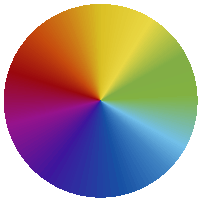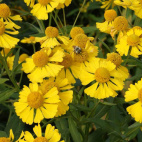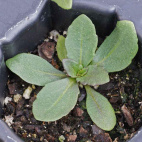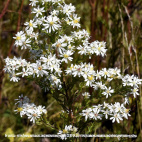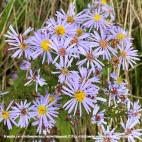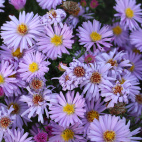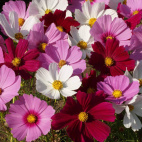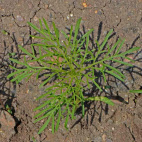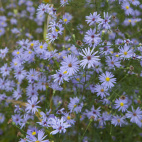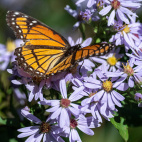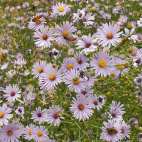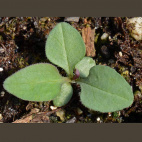Color
Availability
USDA Zone
Region
Type
Duration
Season
Germination
Soil
Sunlight
Height
Use
Narrow Your Search
Color
Availability
USDA Zone
Region
Type
Duration
Season
Germination
Soil
Sunlight
Height
Use
Wildflower Seeds - Northern Region
The Northern region is home to our Canadian friends in the eastern provinces, as well as the northern-most part of the Eastern US. This area is characterized by a long, cold winter with lots of snow, and a short humid summer that only lasts about 3 or 4 months. Most of the area is classified as a UDSA Growing Zone 4 or less, and the species that grow here have interesting ways to perpetuate themselves in spite of the short growing season. There are a lot of forests and wetlands in this region, so adequate moisture is hardly ever a problem. Look up your growing zone to make sure that the Northern wildflower seeds that you want to grow are winter hardy. Alternatively, just order annual flower seeds online so that the plant does not need to make it through the winter, but can reseed itself and come back from seed the next year.
-
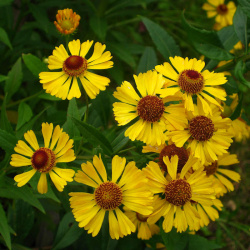 Autumn Sneezeweed Seeds
Helenium autumnale
If you tend to have heavy or wet soil in your garden spot, then these may be just the wildflower that you need! The daisy-like perennial can also be grown in a medium soil but needs to be well-watered, as they do not tolerate drought.Quick View$2.98 Pkt - $10.57 / Oz
Autumn Sneezeweed Seeds
Helenium autumnale
If you tend to have heavy or wet soil in your garden spot, then these may be just the wildflower that you need! The daisy-like perennial can also be grown in a medium soil but needs to be well-watered, as they do not tolerate drought.Quick View$2.98 Pkt - $10.57 / Oz -
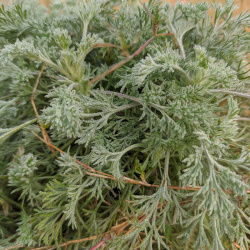 Beach Wormwood Seeds
Artemisia caudata
Beach Wormwood belongs to the sage family and thrives in sand dunes, beaches, and dry prairie soil. The hardy, sun-loving plant also attracts butterflies when it is in bloom.Quick View$3.48 Pkt - $22.17 / Oz
Beach Wormwood Seeds
Artemisia caudata
Beach Wormwood belongs to the sage family and thrives in sand dunes, beaches, and dry prairie soil. The hardy, sun-loving plant also attracts butterflies when it is in bloom.Quick View$3.48 Pkt - $22.17 / Oz -
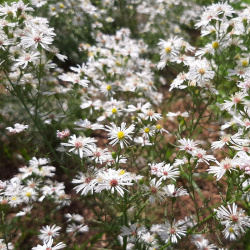 Heath Aster Seeds
Aster ericoides
Named for their resemblance to the white heath of the moors of England, these Asters thrive in dry, rocky prairies or pastures. Since it spreads easily, it will eventually form extended colonies of attractive white bushes.Quick View$3.75 Pkt - $100.00 / Oz
Heath Aster Seeds
Aster ericoides
Named for their resemblance to the white heath of the moors of England, these Asters thrive in dry, rocky prairies or pastures. Since it spreads easily, it will eventually form extended colonies of attractive white bushes.Quick View$3.75 Pkt - $100.00 / Oz -
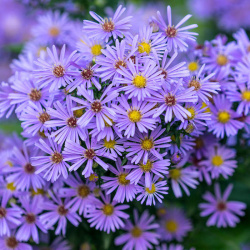 Out Of Stock
New York Aster Seeds
Aster novae-belgii
With bright yellow centers and showy purple-pink petals, these flowers are sure to make a splash. This particular variety was cultivated as early as the eighteenth century.Quick View$3.48 Pkt - $32.00 / Oz
Out Of Stock
New York Aster Seeds
Aster novae-belgii
With bright yellow centers and showy purple-pink petals, these flowers are sure to make a splash. This particular variety was cultivated as early as the eighteenth century.Quick View$3.48 Pkt - $32.00 / Oz -
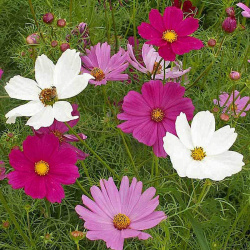 Sensation Tall Cosmos Seed Mix
Cosmos bipinnatus
Create a sensation when these bright blossoms begin to show off in various shades of red, pink, and white! This easy-to-grow annual will enhance any flower garden with little time or effort. Butterflies also love them.Quick View$3.48 Pkt - $7.09 / Oz
Sensation Tall Cosmos Seed Mix
Cosmos bipinnatus
Create a sensation when these bright blossoms begin to show off in various shades of red, pink, and white! This easy-to-grow annual will enhance any flower garden with little time or effort. Butterflies also love them.Quick View$3.48 Pkt - $7.09 / Oz -
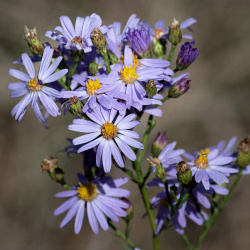 On Sale!
Sky Blue Aster Seeds
Aster azureus
These dainty, azure blue flowers will blanket a fall meadow in stunning beauty. A great source of pollen and nectar in the late fall. Also perfect for a vase or dried flower arrangement.Quick View$3.75 Pkt - $32.00 / Oz
On Sale!
Sky Blue Aster Seeds
Aster azureus
These dainty, azure blue flowers will blanket a fall meadow in stunning beauty. A great source of pollen and nectar in the late fall. Also perfect for a vase or dried flower arrangement.Quick View$3.75 Pkt - $32.00 / Oz -
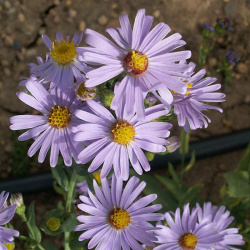 On Sale!
Smooth Blue Aster Seeds
Aster laevis
These bright blue flowers will add color to the autumn landscape. Unlike many asters, this variety produces perfectly smooth foliage and stems. This Aster is widely used in prairie restoration mixes.Quick View$3.75 Pkt - $15.95 / Oz
On Sale!
Smooth Blue Aster Seeds
Aster laevis
These bright blue flowers will add color to the autumn landscape. Unlike many asters, this variety produces perfectly smooth foliage and stems. This Aster is widely used in prairie restoration mixes.Quick View$3.75 Pkt - $15.95 / Oz -
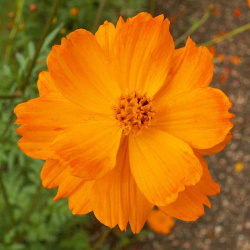 Tall Orange Sulphur Cosmos Seeds
Cosmos sulphureus
A favorite for pressing, this intense orange flower also makes a brilliant bouquet. This annual is very easy to grow and works well for cut flower gardens or butterfly gardens alike.Quick View$3.48 Pkt - $7.09 / Oz
Tall Orange Sulphur Cosmos Seeds
Cosmos sulphureus
A favorite for pressing, this intense orange flower also makes a brilliant bouquet. This annual is very easy to grow and works well for cut flower gardens or butterfly gardens alike.Quick View$3.48 Pkt - $7.09 / Oz
The Northern region is home to our Canadian friends in the eastern provinces, as well as the northern-most part of the Eastern US. This area is characterized by a long, cold winter with lots of snow, and a short humid summer that only lasts about 3 or 4 months. Most of the area is classified as a UDSA Growing Zone 4 or less, and the species that grow here have interesting ways to perpetuate themselves in spite of the short growing season. There are a lot of forests and wetlands in this region, so adequate moisture is hardly ever a problem. Look up your growing zone to make sure that the Northern wildflower seeds that you want to grow are winter hardy. Alternatively, just order annual flower seeds online so that the plant does not need to make it through the winter, but can reseed itself and come back from seed the next year.


